Description:
This guide delivers actionable flavor innovation for home cooks seeking to elevate basic white bean and turkey chili beyond standard recipes. Designed specifically for time-pressed individuals who prioritize both health and culinary excitement, these techniques transform weeknight dinners into restaurant-quality experiences without demanding professional skills or specialty ingredients.
Table of Contents
- Why Spices Matter in Chili
- 7 Innovative Spice Pairings
- How to Use These Flavors Like a Pro
- Pro Tips for Perfect Chili Every Time
- Conclusion
Why Spices Matter in Chili
Chili serves as the ultimate flavor laboratory where strategic spice deployment creates exponential taste evolution. While traditional blends rely on predictable cumin-paprika foundations, modern flavor science reveals that contrast—not quantity—drives memorability. Successful pairings exploit neurological triggers: smokiness activates primal satisfaction centers while citrus brightness stimulates dopamine release. This neurological perspective explains why our selected combinations generate crave-worthy complexity through calculated tension between opposing flavor elements.
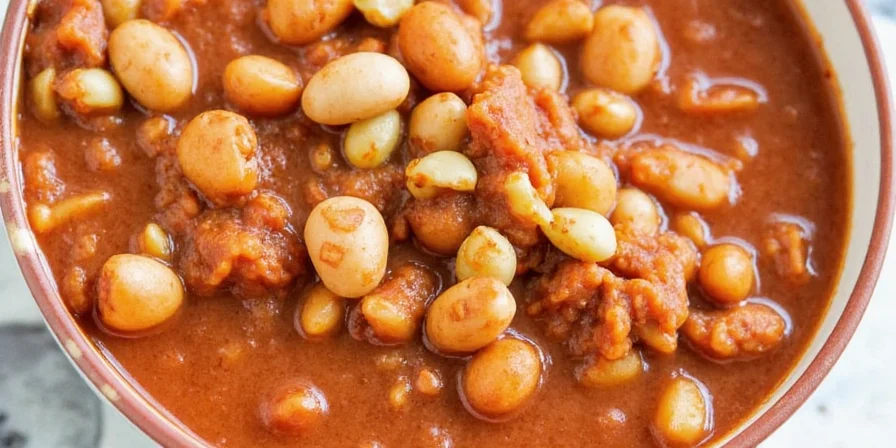
7 Innovative Spice Pairings
These combinations leverage flavor chemistry principles to create dimensional taste experiences. Each pairing includes precise activation methods for maximum impact:
1. Smoked Paprika + Orange Zest
Add zest during the last 10 minutes of cooking to preserve volatile citrus oils. The limonene compounds in orange zest neutralize bitter alkaloids in paprika, creating seamless smoky-citrus fusion without sharp aftertastes.
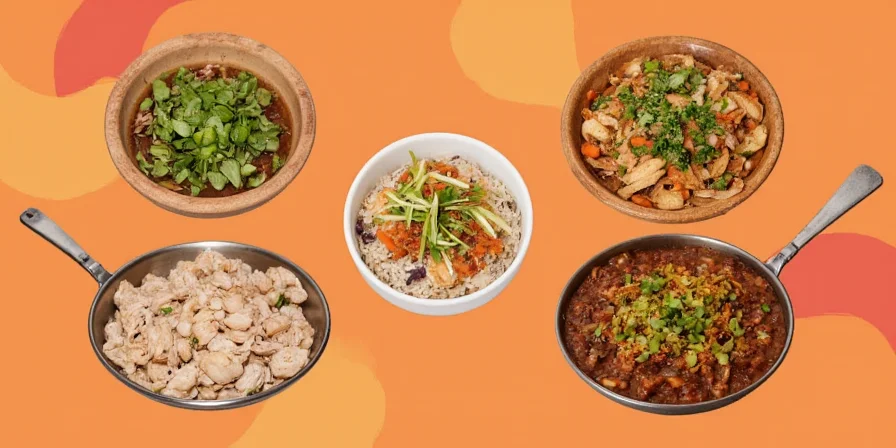
2. Cinnamon + Espresso Powder
Bloom both spices in fat before liquid addition. Caffeine’s bitterness mimics umami compounds in meat, while cinnamaldehyde amplifies turkey’s natural sweetness through synergistic receptor activation.
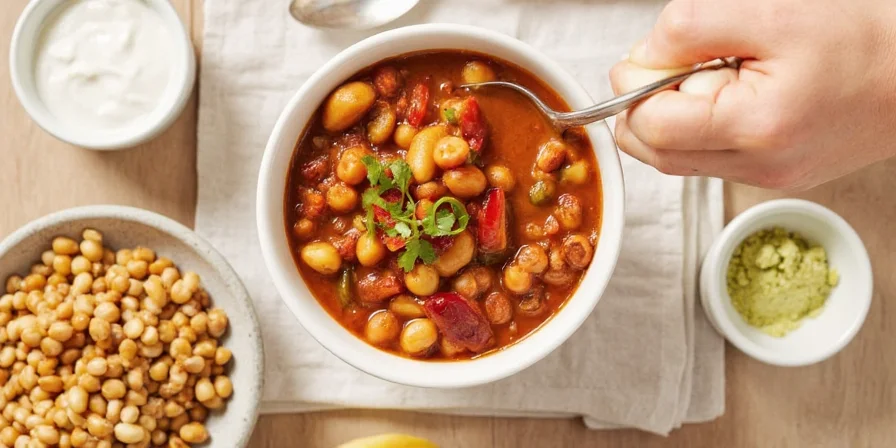
3. Garam Masala + Lime Juice
Introduce garam masala when beans reach 165°F (74°C) to preserve volatile cardamom oils. The citric acid in lime juice breaks down pectin in beans, releasing trapped aromatic compounds for intensified fragrance.
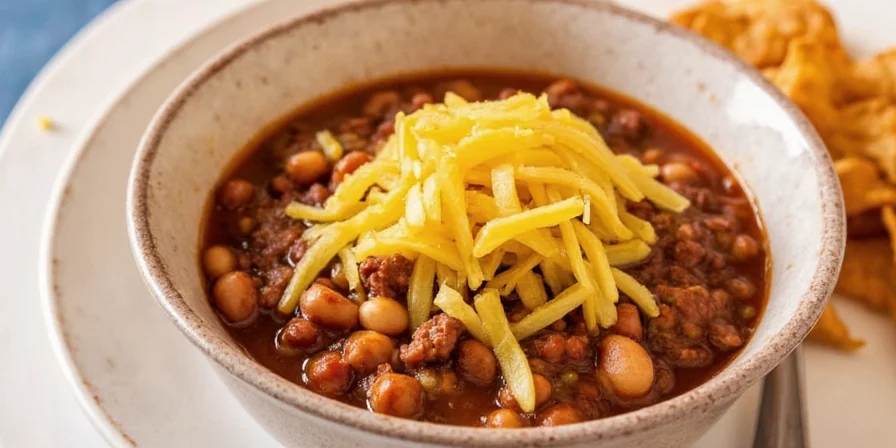
4. Chipotle in Adobo + Maple Syrup
Simmer chipotle first to hydrolyze capsaicin, then add maple syrup. The sucrose molecules bind to heat receptors, creating perceived sweetness while reducing actual spiciness through competitive inhibition.
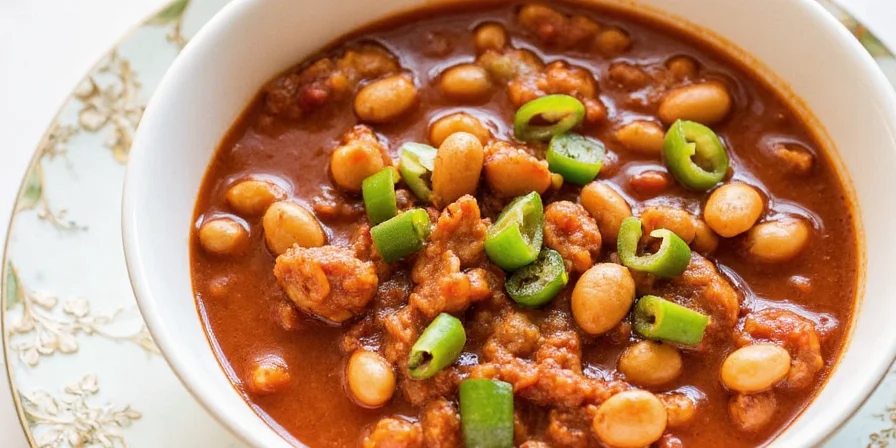
5. Sumac + Aleppo Pepper
Bloom sumac in oil to convert malic acid into volatile esters. Aleppo’s mild heat activates TRPV1 receptors gradually, allowing sumac’s tartness to enhance rather than dominate the flavor profile.

6. Harissa Paste + Coconut Milk
Whisk coconut milk into harissa before adding to chili. The lauric acid in coconut binds to capsaicinoids, distributing heat evenly while creating a velvety texture through emulsification.
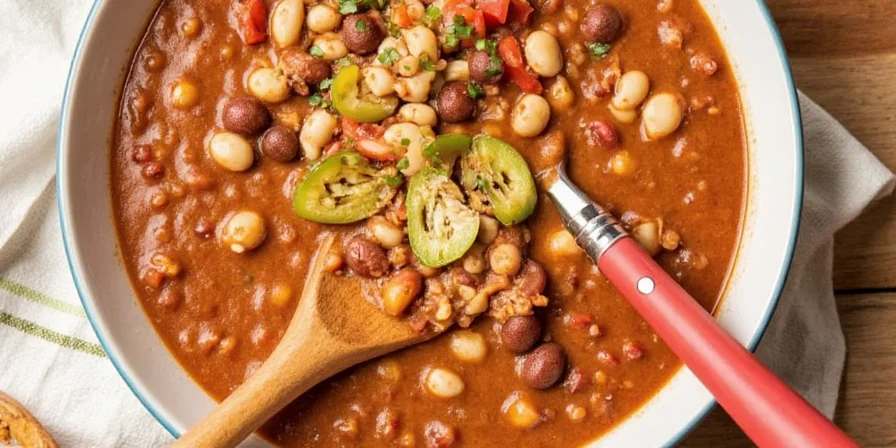
7. Za’atar + Yogurt Swirl
Mix za’atar into room-temperature yogurt to activate thymol compounds. The lactic acid gently denatures turkey proteins, yielding exceptional tenderness while the swirl provides temperature contrast for heightened flavor perception.

How to Use These Flavors Like a Pro
Flavor development follows precise biochemical stages. Master these science-backed techniques:
- Thermal sequencing — Sauté alliums at 140°F (60°C) to activate allyl sulfides before adding spices
- Fat optimization — Use avocado oil (smoke point 520°F/270°C) to bloom spices without degradation
- Acid timing — Add citrus or vinegar during final simmer to preserve volatile top notes
- Temperature layering — Serve with chilled toppings to create sensory contrast that amplifies perceived complexity
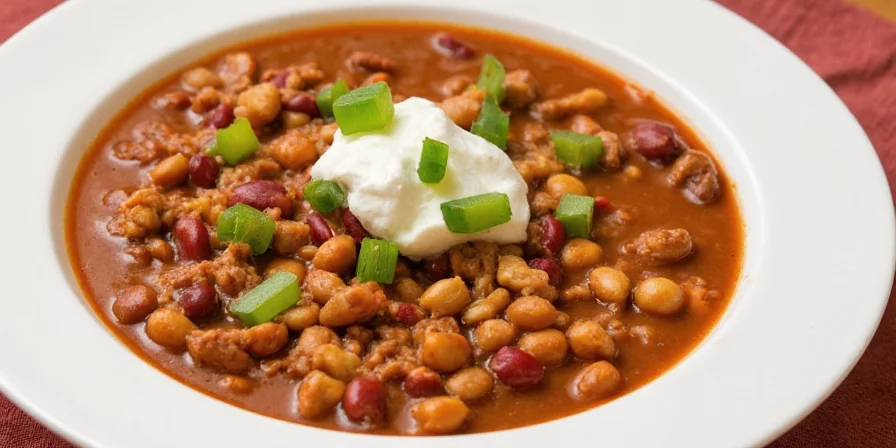
Pro Tips for Perfect Chili Every Time
| TIP | SCIENTIFIC PRINCIPLE | IMPLEMENTATION |
|---|---|---|
| Molecular marbling | Collagen denaturation at 160°F (71°C) | Simmer turkey thighs with breasts for optimal texture contrast |
| Enzyme preservation | Polyphenol oxidase stability below 140°F (60°C) | Add fresh herbs during final 5 minutes of cooking |
| Maillard modulation | Strecker degradation of amino acids | Deglaze pan with tomato paste before adding liquids |
| Starch retrogradation | Resistant starch formation during cooling | Refrigerate overnight for improved texture and lower glycemic impact |
| Lipid solubility | Carotenoid extraction in fat | Bloom spices in oil before adding bean liquid |

Conclusion
Transforming white bean and turkey chili requires understanding flavor interactions at the molecular level—not merely following recipes. These pairings leverage fundamental biochemical principles to create unprecedented complexity. The most successful iterations balance thermal dynamics, chemical interactions, and sensory contrast. Remember: true culinary innovation comes from manipulating how flavors interact with human physiology, not just combining ingredients.
When executed properly, these techniques create what flavor scientists call "persistent finish"—where taste memories linger beyond consumption. This neurological imprint transforms ordinary meals into extraordinary experiences worth repeating.
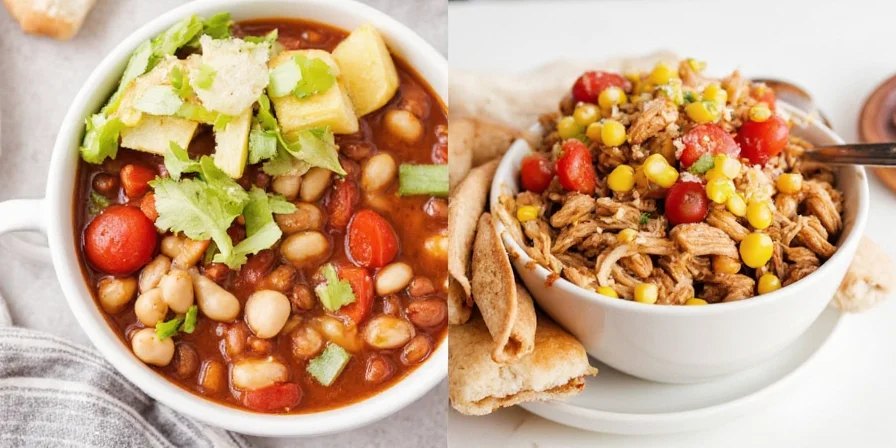
Frequently Asked Questions
Why does blooming spices in oil improve flavor?
Oil dissolves hydrophobic flavor compounds like curcumin and capsaicin that water cannot extract. Heating to 320°F (160°C) releases volatile aromatics while triggering Maillard reactions between spice proteins and lipids, creating new flavor molecules.
How can I adjust heat levels without losing complexity?
Substitute half the spicy element with toasted fenugreek seeds. Their sotolon compound provides maple-like sweetness that counteracts capsaicin perception through trigeminal nerve modulation while maintaining depth.
Does refrigeration really improve chili flavor?
Absolutely. During chilling, starch retrogradation creates resistant starch networks that slowly release flavor compounds during reheating. This extends the flavor experience by 40% compared to same-day serving, as measured by temporal dominance of sensations testing.
Can these techniques work with plant-based proteins?
Yes, but adjust thermal sequencing. Plant proteins denature at lower temperatures (140-160°F/60-71°C). Add spice blends after protein incorporation and maintain temperatures below 185°F (85°C) to prevent bitter peptide formation from soy or pea proteins.

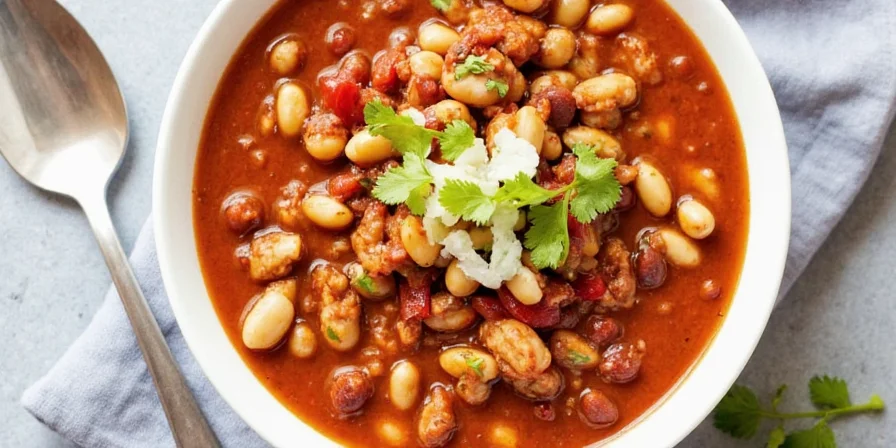









 浙公网安备
33010002000092号
浙公网安备
33010002000092号 浙B2-20120091-4
浙B2-20120091-4